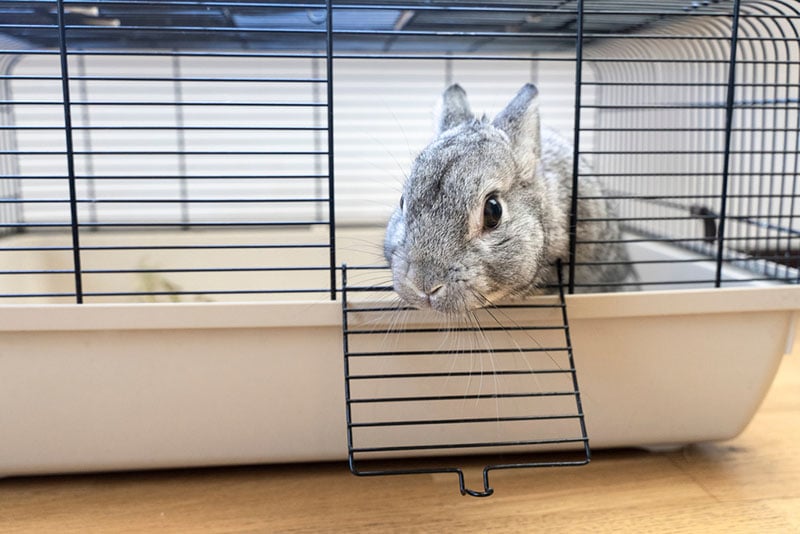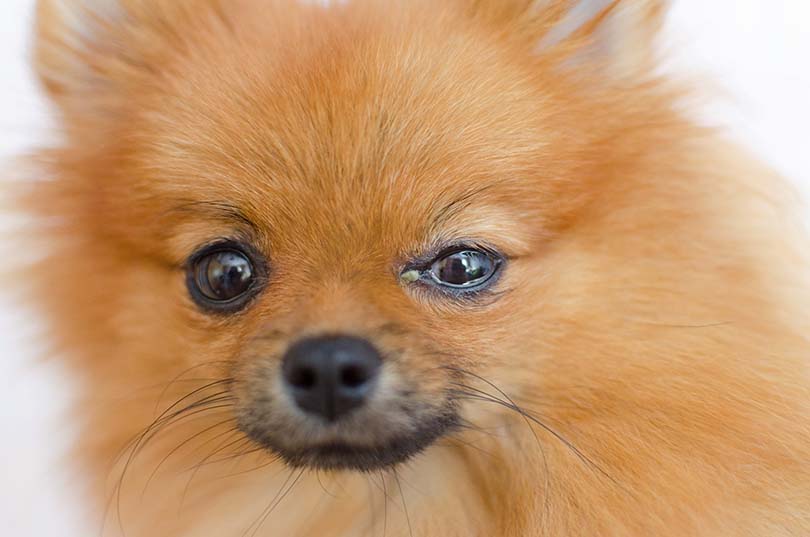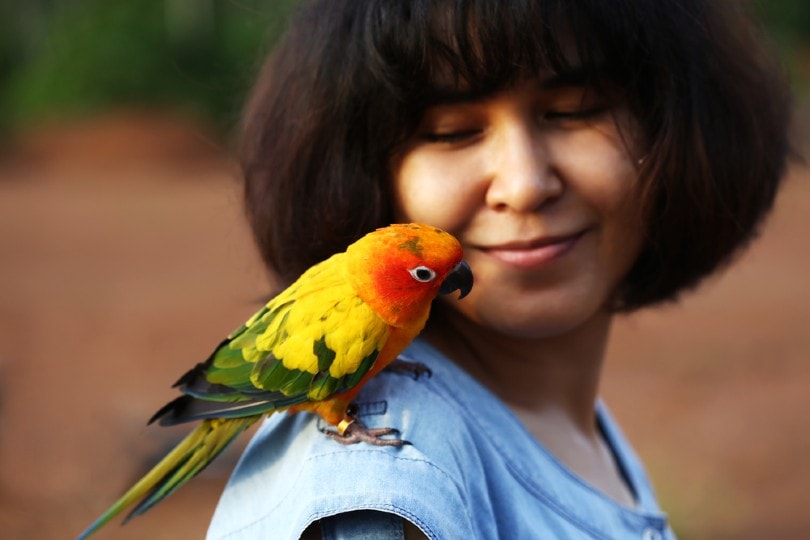VET APPROVED

The information is current and up-to-date in accordance with the latest veterinarian research.
Learn more »Click to Skip Ahead
If you own a pet rabbit, you will want to take all necessary measures to ensure that your rabbit is content and at home with you. Among them is setting up a comfortable cage that they’ll adore. Remember that the cage will be their sanctuary, thus, you must do it right.
While setting up a home for your bunny is not at all challenging, determining what it actually needs can be quite tricky. When you enter a pet store, you’re sure to encounter a lot of brightly colored packaging trying to get you to buy more. But some of them may not be necessary for your bunny.
In this handy guide, we’ll go over how to get the right cage for your rabbit and how to put it up so that your furry friend has the finest possible habitat. Read on!

Before You Start: Choosing a Rabbit’s Cage and Supplies
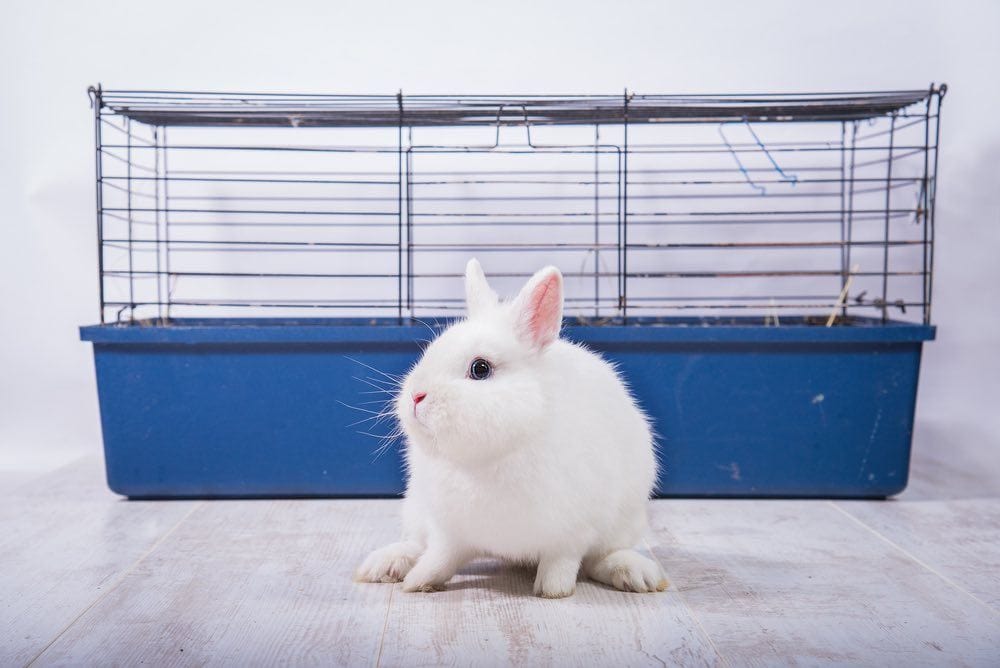
Get the Right-Sized Cage
The space that a rabbit requires is based on their weight. A cage that’s too small can restrict your rabbit’s movements and affect their overall physical and mental health. Your rabbit needs enough space to grow and develop appropriately. They are highly energetic animals that need plenty of space to run and hop, and also a place to rest comfortably. A general guideline is that the cage should be at least four times the size of the rabbit, with enough space for your bunny to hop, stretch, and stand up on its hind legs.
Since the size of the cage depends on the rabbit’s weight, it will also depend on the breed you have. The largest rabbit breed is the Flemish giant, which can weigh up to 22 pounds (or 10 kg). On the flip side, the smallest breed weighs two to three pounds (or 1.3 kg).
Here are the recommended cage sizes for a small and a large bunny.
| Rabbit Size | Recommended Cage Size |
| Small Rabbits (under 4.4 lbs or 2 kg) | 36’’ (91 cm) long x 24’’ (60 cm) wide x 24’’ (60 cm) height |
| Large Rabbits (over 12 lbs or 5.5 kg) | 120’’ (305 cm) long x 36’’ (91 cm) wide x 36’’ (91cm) height |
The Cage Should Have a Solid Floor
Many rabbits have a disorder called pododermatitis that causes pressure sores to form on the backs of their hind legs. The sores develop when your bunny sits on hard flooring or damp bedding. If the cage flooring is made of wire mesh, cover it using a piece of plywood. Then, cover the plywood with bedding.
The Cage’s Base Should Have a Urine Guard
A urine guard is an additional feature as it prevents your rabbit’s urine from reaching your furniture or floors. It makes the rabbit’s cage much easier to clean, thus hygienic.
The Sides of the Cage Should Be Made of Wire
Wire sides are the best option for some reason. To begin with, it provides excellent ventilation, which is essential for the bunny’s respiratory health. Wire sides also allow for easy cleaning and maintenance. Avoid materials such as wood because it doesn’t allow proper cleaning and disinfection.
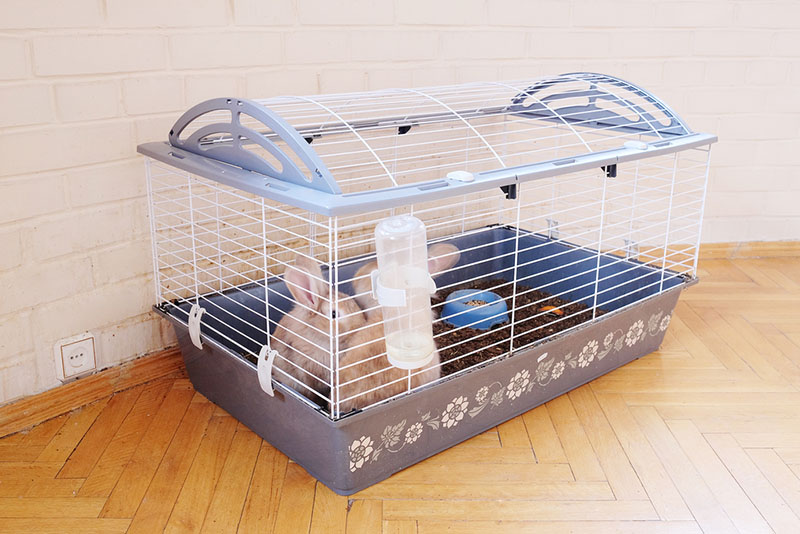

The 6 Key Tips for Setting Up a Rabbit’s Cage
1. Find an Ideal Location to Set the Cage
An ideal spot should feature the following:
- Well-ventilated: Don’t set up a rabbit’s cage in a basement or an attic. These areas can be dusty or damp, which may affect your bunny’s delicate lungs.
- Sunlight exposure: The bunny needs sunlight, but this should be indirect sunshine rather than the direct sun pounding on them. Keep in mind that bunnies are very susceptible to heat stress and can’t tolerate temperatures above 82.4ºF (or 28ºC).
- Away from noise: Rabbits dislike loud noises, but they enjoy family life. You should avoid placing the cage close to a tumble dryer, but the living room, for example, may work quite well. You could also prepare a spare bedroom for your bunny.
- Safe from predators: Rabbits are prey, and when setting up their cage, you should make sure no predators such as cats, dogs, foxes, and birds of prey can reach them. Moreover, cats and dogs may cause unnecessary stress to your bunny. You can raise the cage from the floor if you have a dog around because the dog’s sniffing may scare the rabbit.
- Spacious: Rabbits shouldn’t always be confined to their cages. They need some time out of the cage to exercise. Thus, it would help if you put the cage in a space where you won’t worry if your rabbit hops around and explores. Ensure there are no cables, small toys, sharp edges, or anything else that could hurt your rabbit.
2. Make the Space in the Cage Comfortable for Your Bunny
When tired and feeling lazy, bunnies love to get comfortable. You can line the cage with bedding to protect the rabbit’s legs from sores. You can use a thick cushion of bedding, and this could be sawdust, hay, or straw. However, don’t use a carpet to line the cage as your bunny may chew on it.
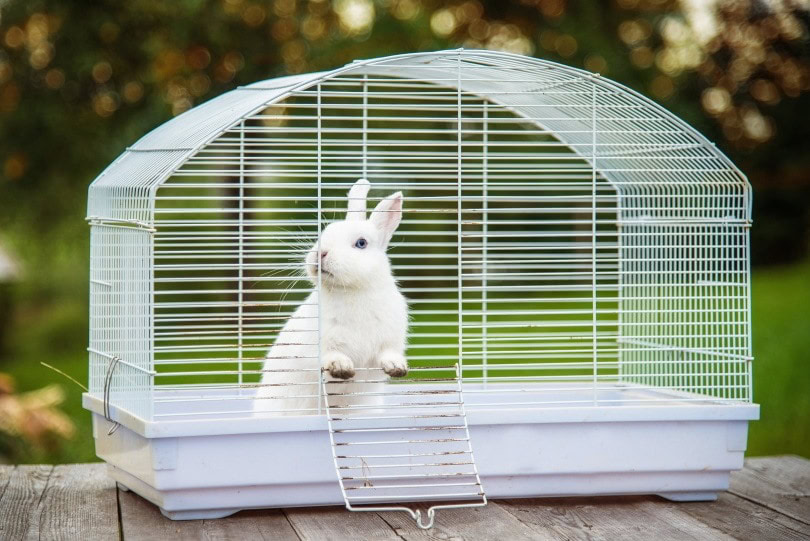
3. Consider Cage Hygiene
Fit a litter box in the corner of the cage and fill it with a material that your rabbit could safely nibble on. Hay is the safest option. Newspaper won’t provide enough odor control, and may cause constipation. On the other hand, wood shavings and sawdust can cause liver problems if consumed. The hay will provide a comfortable and absorbent surface for the bunny to rest on. Besides, it encourages natural foraging behaviors. Ensure you replace the hay each day.
You will need to train your bunny on how to use a litter box if you live with it indoors.
Remember to remove any urine or pellet-covered spots and replace them using fresh straw every day. Clean the cage thoroughly once each week.
4. Put in the Right Food and Water Bowls
These are among the supplies never to be forgotten when setting up a rabbit cage. Rabbits need access to fresh and clean water at all times. Sipper drinkers are the best because water bowls can tip over or get soiled with pellets.
The food bowl, on the other hand, should be heavy and have a flat bottom so it won’t tip over and spill its contents. If you have several rabbits, ensure there’s a bowl for each one and an extra bowl. Place the bowls around the cage so that no single rabbit can get access to all of them.
Change the water every day so that it always stays fresh. Clean the drinker and the food bowls every morning.
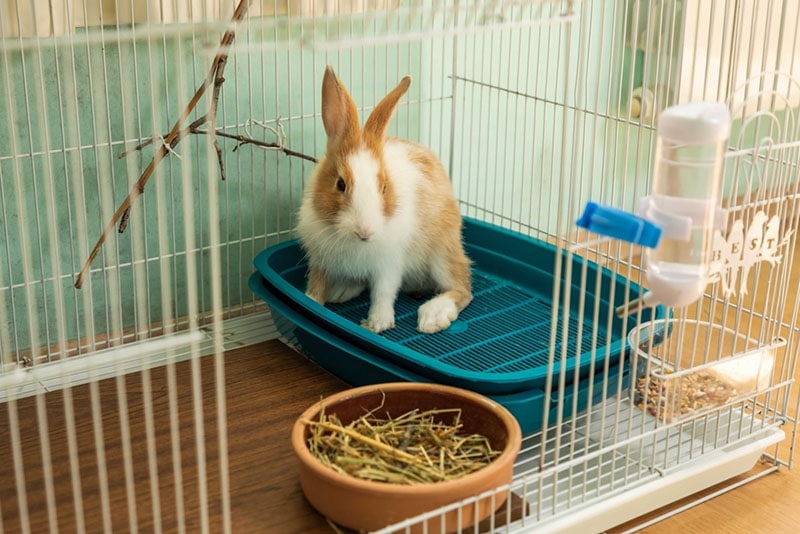
5. Put Toys in the Rabbit’s Cage
Once you have set up the cage, it’s time to add some toys to keep your furry friend entertained and even encourage exercise. You can find various rabbit-safe toys at pet stores, or you can DIY using household items such as cardboard boxes and paper towel rolls.
When selecting toys for your rabbit, make sure they are safe and durable. Avoid small toy pieces that your rabbit can swallow. Get rid of any toys that get damaged or worn out. Rotate your rabbit’s toys every few days to keep things interesting.
6. Lay Items for Your Bunny to Chew
Rabbits have continuously growing teeth, and they need to chew on safe items to wear them down. Providing safe and appropriate chew toys like wooden blocks, hay cubes, and untreated willow branches can prevent dental problems and also help alleviate boredom.
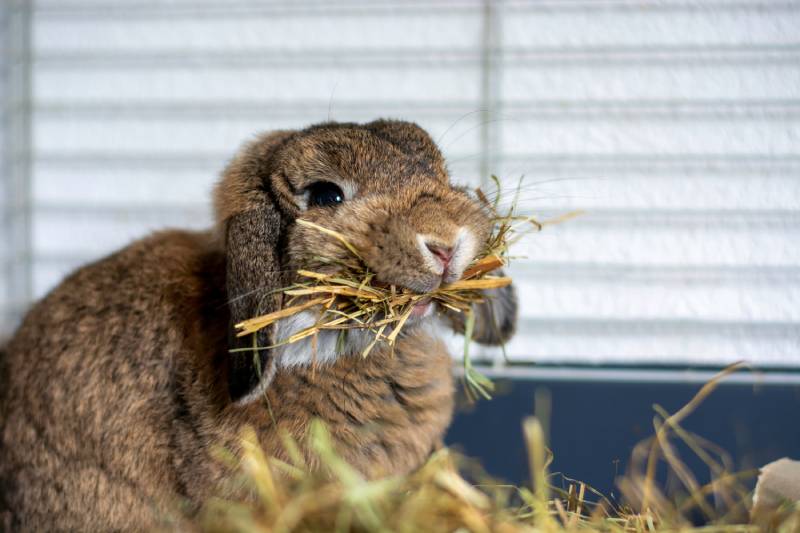

Conclusion
Setting up a rabbit’s cage is a crucial step in ensuring that your furry friend lives a happy and healthy life. The cage doubles up as a sanctuary where your bunny will be spending most of its time. Therefore, you need to create a comfortable, safe, and stimulating living space.
Remember to add a litter box, chew toys, and comfortable bedding. Moreover, hygiene is paramount; make sure to keep the cage clean. Replace soiled hay as needed and clean the water and food bowls every day.
- https://www.zoomontana.org/animals/flemish-giant-rabbit
- https://www.petmd.com/rabbit/conditions/skin/pododermatitis-rabbits
- https://rabbitresource.org/rabbit-care-information-and-resources/housing-for-rabbits/rabbit-cage-size-guide/
- https://www.animalhumanesociety.org/resource/bunnys-litter-box
- https://www.petplan.co.uk/pet-information/blog/rabbits-overgrown-teeth/
Featured Image Credit: Alex Desanshe, Shutterstock
